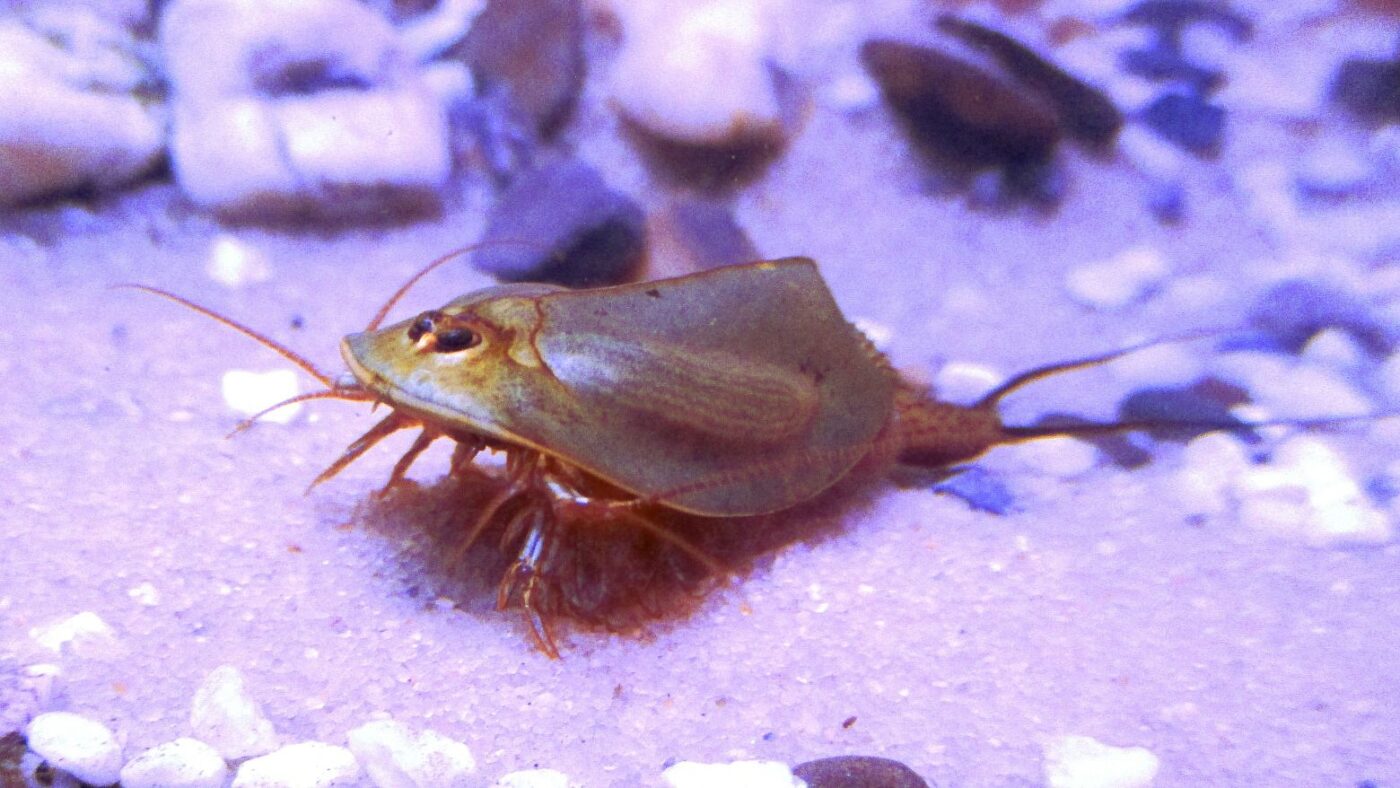Guide
Are Triops an endangered species?
Triops are a genus of prehistoric crustaceans, also known as “tunicates”. They belong to the group of branchiopods, which are crustaceans. Triops are remarkable because they are considered living fossils and have an amazingly long evolutionary history. Triops are known to have existed on Earth since the time of the dinosaurs, possibly even for over 300 million years. So they are survivors from a distant past. These crustaceans go through an extraordinary life cycle. They can live in temporary waters that form after rainfall and are adapted to the severe environmental changes of these habitats. When waters dry up, Triops lay their eggs in the mud, which are then able to survive for a long time. When they come into contact with water again, the larvae hatch from the eggs and quickly develop into adult Triops. But what about Triops in the wild? Are Triops an endangered species? In this blog post, I will explore this question.

Breeding Triops in the Aquarium
Breeding Triops can be a fascinating and educational experience. Here is a basic guide on how to successfully breed Triops:
Materials needed:
- Triops eggs
- Aquarium or container (at least ten litres in volume)
- Distilled water or tap water (free of chlorine and pollutants)
- Heater and thermometer (optional to control water temperature)
- Sand or fine gravel for substrate
- Triops food
- Light source (e.g. room light or aquarium light)
Step-by-step guide:
- Preparing the tank: Fill the tank with distilled water and add sand or fine gravel as substrate. The water depth should be about five to ten centimetres. If you are using a heater, set the temperature to about 22 to 25 °C.
- Insert the eggs: Put the Triops eggs into the water. The eggs should lie on the substrate. You can lightly sprinkle them over the surface of the water. The eggs need moisture to hatch, so it is not necessary to fill the tank completely with water.
- Lighting: Place the container in a well-lit place, but out of direct sunlight.
- Larval hatching: The eggs should start to hatch after a few days. The tiny Triops larvae will swim around in the water.
- Feeding: Once the larvae have hatched, feed them with suitable triop food or alternative options such as spirulina or crumbled fish flakes. Be sure to dose the feeding appropriately to avoid overfeeding.
- Water quality: Maintain the water quality by regularly changing some of the water (about 10 to 20 percent per week) and making sure that the water is free of harmful substances.
- Growth and care: The Triops will grow and develop over the coming weeks. Be sure to maintain the correct water temperature and feeding. Remove dead animals if necessary to maintain water quality.
- Reproduction and life cycle: Triops are self-reproducing animals and it is possible that they lay eggs and start a new life cycle. If you are interested in another generation, you should maintain the conditions and collect the eggs after the environment dries out to hatch them again later.
Triops in the wild
The existence of prehistoric crustaceans in their natural habitat is nowadays acutely endangered. Human intervention and land use practices are visibly reducing the livelihoods of these prehistoric creatures. An in-depth study conducted in 2014 by the Bavarian State Office for the Environment reviewed all historical sites in Bavaria. The results of these investigations are alarming: the conservation status of this species in Bavaria is classified as extremely precarious. The situation is further aggravated as there are only about 630 detectable habitats left in Germany and Austria.
This figure seems worryingly low and highlights the scale of the threat. However, it is important to emphasise that high-handed attempts to breed primeval crayfish at home and then thoughtlessly release them into the wild or remove them from their natural environment are not an appropriate solution. A coordinated and technically sound approach is needed to ensure the protection of these unique creatures. The conservation of primeval crabs requires targeted measures that should be implemented in cooperation with experts and nature conservation authorities.